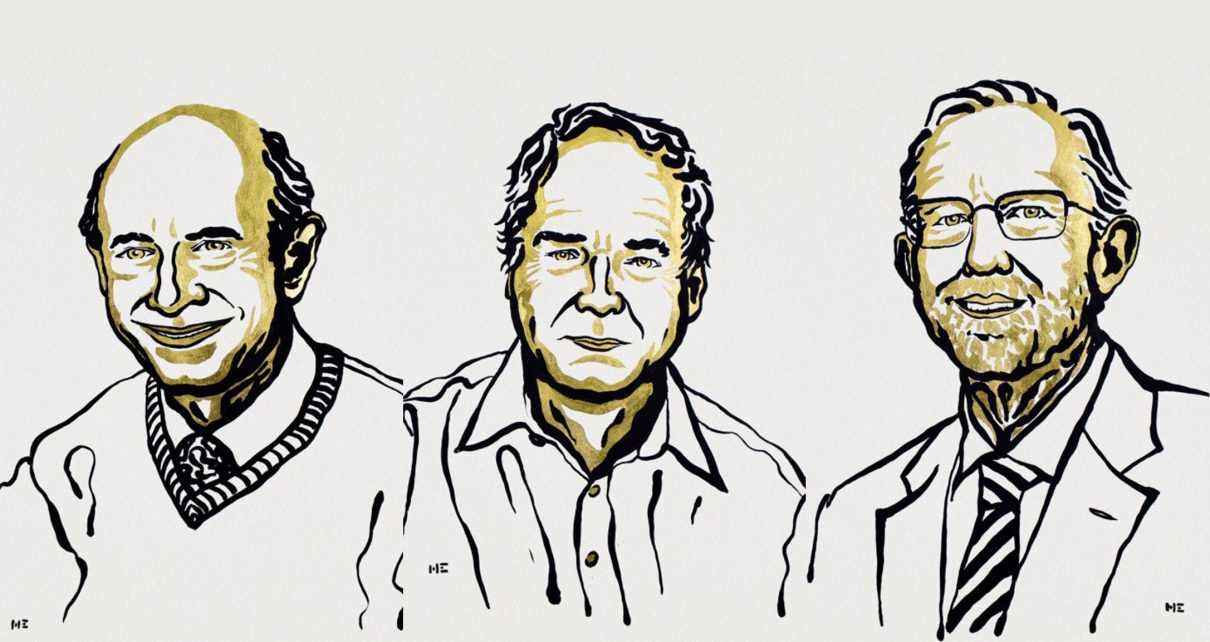This year’s Nobel Prize in Physiology or Medicine was awarded for the discovery of the hepatitis C virus, which causes severe liver disease in more than 70 million people worldwide. The prize was jointly awarded to Harvey J. Alter and Charles M. Rice, both Americans, and British-born scientist Michael Houghton.
Three hepatitis viruses are known to infect the liver: Hepatitis A is transmitted by water or contaminated food, and causes a short-term infection that typically resolves within weeks; hepatitis B and C are transmitted by contaminated blood, and cause chronic infections that can silently attack the liver for decades. This can lead to cirrhosis or liver cancer, only treatable through liver transplants. As a result of hepatitis C’s discovery and blood screening programs, the virus has been nearly eliminated and most cases are treatable.
Hepatitis B and C were first noticed in patients who had received numerous blood transfusions or drugs made from blood products. In 1965 the American physician Baruch Blumberg discovered the hepatitis B virus (for which he was awarded the Nobel Prize), but this virus did not explain all cases of post-transfusion liver disease. In the late 60s, Alter (who was working at the National Institutes of Health Blood Bank) began to suspect an as-yet-unknown pathogen was causing the disease. He later showed that the illness could be transferred to monkeys from patients’ blood.
Isolating the hepatitis C virus was harder, but Houghton—then working at the pharmaceutical company Chiron—and his colleagues were able to successfully clone it in 1989 by introducing viral DNA from an infected animal into bacteria, and using human antibodies to the virus to screen for its genetic sequence. It resembled viruses from a family called flaviviruses. It was the first time this type of molecular biology approach had been used to identify a virus. The discovery led to a blood test that could screen for hepatitis C. This immediately reduced the number of cases resulting from blood transfusions worldwide.
But one question remained: did the virus alone cause disease? Rice, working at Washington University in St. Louis, and his colleagues cloned the virus and injected the copies into animals—but the virus did not replicate. When Rice compared the sequences of many viral clones, he saw they contained genetic mutations that made them defective. But when he repaired the mutations, the clones caused clinical signs of hepatitis C in chimpanzees; this showed that the cloned virus could cause disease.
Last year’s prize was awarded to scientists William Kaelin, Jr., Peter Ratcliffe and Gregg Semenza for the discovery of how cells sense oxygen.



